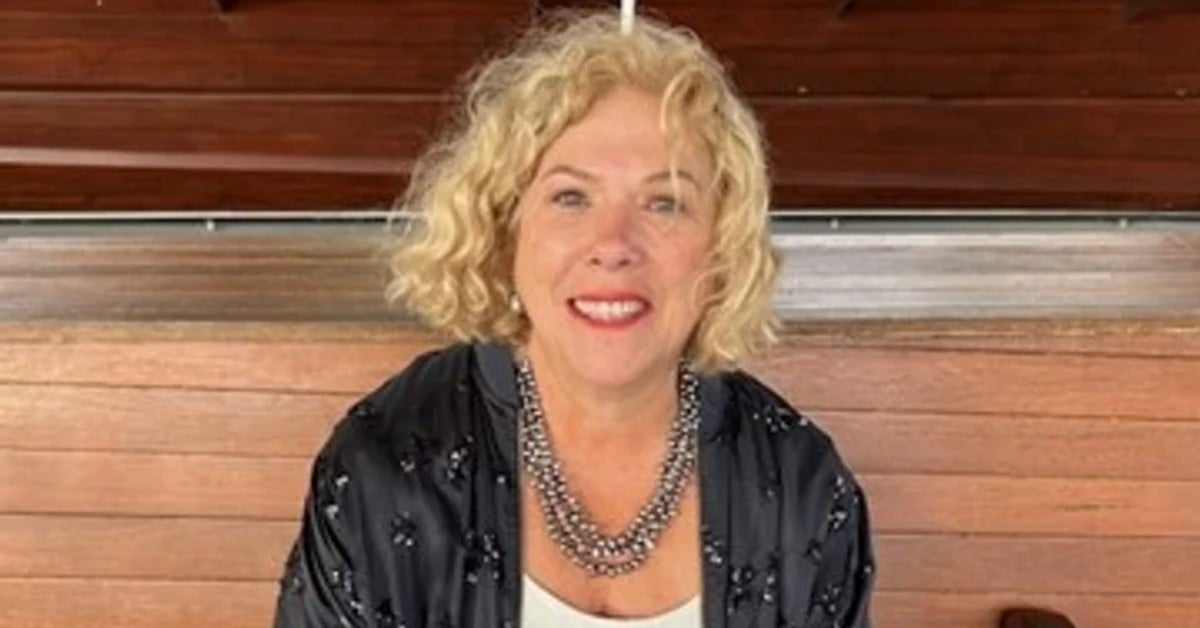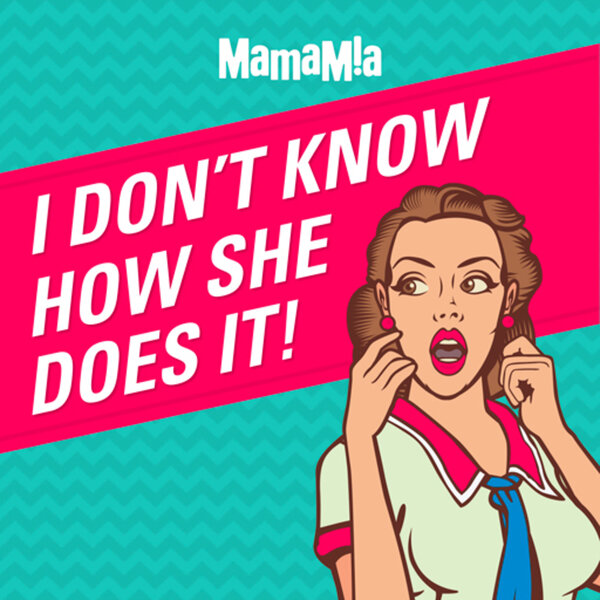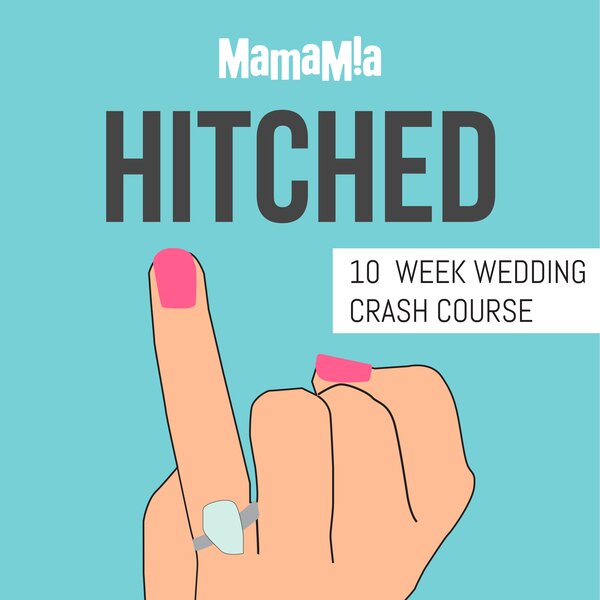
Teresa Gambaro spent decades believing her body was the problem.
As a federal politician, she spent long days on her feet, feeling the familiar ache in her legs and feet — brushing it off as part of the job. But something never quite added up.
No matter how much she dieted, no matter how much she exercised, her limbs just kept growing. Her torso stayed a size 14, but her arms and legs grew to an 18. Eventually, she gave up trying to buy clothes off the rack and started having them specially made.
"I thought I was obese," she recalled.
Behind the scenes, colleagues whispered. Doctors dismissed her. Teresa blamed herself.
Video via Instagram/@nude_nutritionist
"I could hear the judgement. They thought I just had a problem with food. But it wasn't that," she said.
It wasn't until 2016, aged 58, that Teresa finally received a diagnosis. Lipoedema.
Lipoedema is a little-known fat disorder that almost exclusively impacts females. It's hereditary, and is often misdiagnosed as obesity. For Teresa, the diagnosis was life-changing — but also heartbreaking.




























































































